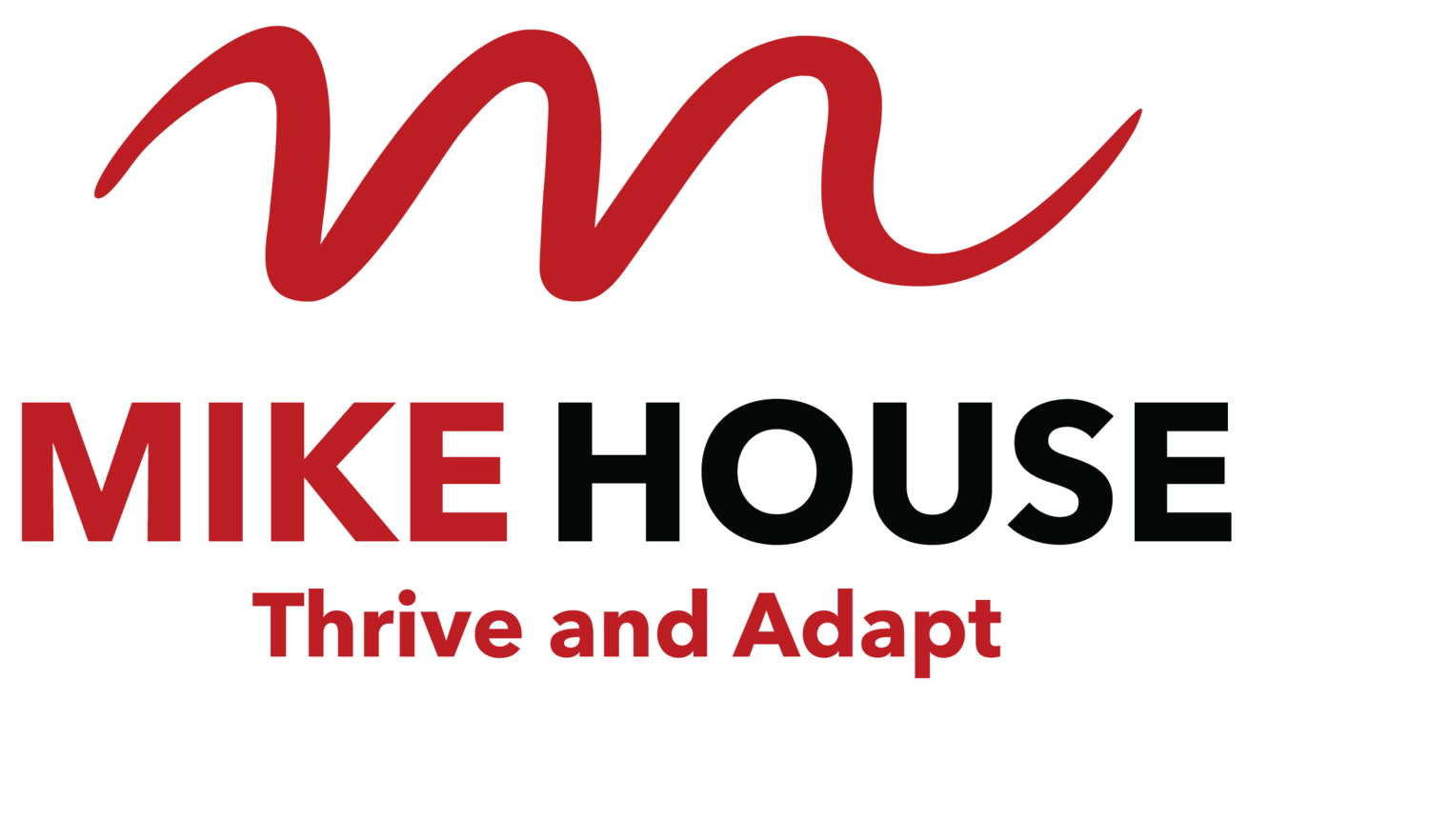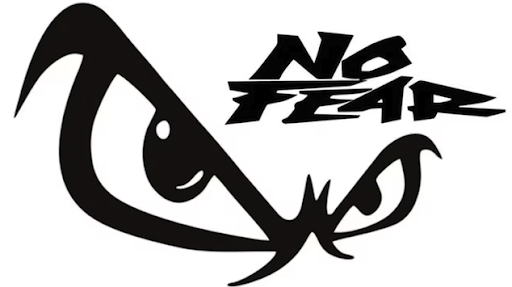Into the unknown…
/Image by Tracy Peltier from Pixabay
“So much depends on the outcome of … [insert your process, enquiry, application, etc here]”
I met with three CEO’s last week who echoed a theme. Much of the short to mid term future in their organisations depends on the outcome of things outside of their control. In each case, the outcome/s will require their organisation to change. The outcome/s will also dictate how palatable those changes will be. Whatever happens, there will be change and it will be reactive in nature.
“People are uncertain,” they told me.
Uncertain environments make detail difficult to map. Forecasting various probable outcomes is important work, but can add even more uncertainty.
Maybe you can relate. I know I can.
It's worth remembering that humans have always faced uncertainty. It is uncomfortable and we are pretty good at it. Like those 3 CEO’s you’ve got this.
Here are few things we can do in uncertain times to inject certainty for ourselves and those around us:
Big picture - Where detail is lacking focus on the big picture. What direction are we heading in? What’s our Why? Is our purpose clear? Are there non-negotiables and principles to bring into focus? When detail is lacking, big picture guidance adds certainty. It gives clarity about what will guide future decisions. Focus on elements that fundamentally won’t change regardless of outcomes and future changes.
Best Behaviour - Double down on how you treat each other. Focus on and reinforce the best of how people interact with each other in your organisation. When the going gets murky at our house, my partner and I call each other to kindness and integrity. Regardless of what happens, we at least have some certainty about how we will ‘be’ with each other.
You know how to weave! One CEO, calling on her Maori heritage, likened the situation to being in a place where you don’t know what plants to gather to find the fibres to weave the mat. I reminded her that even if she didn’t know the plant, she could recognise a weavable fibre, and still knows how to weave. Whatever happens next, you know more than you think you do. Bring your deep knowledge and experience with you. The details of execution may be up for change, but you still know how to weave.
















